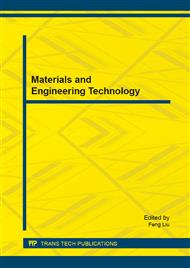p.1244
p.1251
p.1258
p.1264
p.1268
p.1275
p.1285
p.1290
p.1297
Method and Application of Air Traffic Risk Quantitative Identification Based on Rough Sets
Abstract:
The qualitative method, which can be divided into three types: the technocrat type, the chart type and the system type, is mainly adopted to identify the risk of ATC operation units but has the disadvantages in low work efficiency, poor visibility and easily influenced by subjective factors. In order to overcome its drawbacks, the quantitative risk identification model, which based on the idea of attribute reduction in rough set theory, is established to eliminate redundant risk indexes and improve the accuracy of risk identification on the condition of without losing key risk indexes. This mode will be applied to identify risk consisting in the control mode changing of ATC operation unit. The result show that 4 key risk indexes are extracted from 24 basic risk indexes which is premised on the consistency evaluation of expert evaluation results used the Kendall harmonious coefficient, and then provide the basis for the control decision.
Info:
Periodical:
Pages:
1285-1289
Citation:
Online since:
January 2015
Authors:
Price:
Сopyright:
© 2015 Trans Tech Publications Ltd. All Rights Reserved
Share:
Citation:


